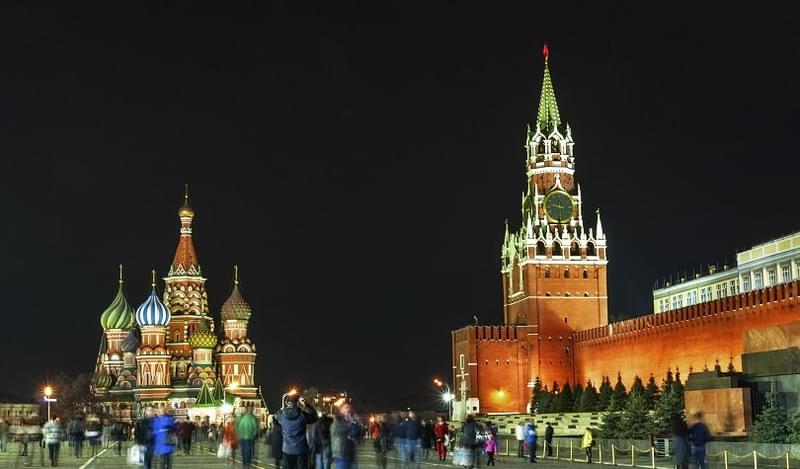The outlook for Russian sovereign debt remains positive. The country has good fundamentals, and government debt remains relatively low. In 2015 government debt to GDP was reported at 17.70% by the Federal State Statistics Service.
Sergey Dergachev, senior portfolio manager of EM debt at Union Investment Privatfonds GmbH noted that the country had also successfully managed a difficult two years, particularly with Western sanctions, which speaks to Russia’s strong fundamentals.
The IIF noted that, with the assistance of higher international oil prices, real GDP should demonstrate growth in Q2 2016 in seasonally adjusted terms, following a 0.5% contraction in Q1 2016.
“There are other EM countries that have more challenging sovereign credit metrics than Russia,” Dergachev noted.
He added that the political situation is also relatively stable and offers low risk of big surprises, which compared to political uncertainties in other markets proves to be supportive of Russian credit.
Brazil for example has experienced its fair share of political uncertainty, while Brexit and the US election have and will continue to weigh on investors’ minds.
In a research note on a Russian economic recovery, the IIF stated that the September 18 parliamentary elections are unlikely to be significant, adding that although Putin’s United Russia party’s popularity has fallen to below 50%, Putin’s approval rating still stood at 77% in August.
Although the outlook on Russian government debt remains positive, and in a low yield environment is still fairly attractive on a relative basis versus its EM peers, the fact that Russia is considered a relatively high beta name in EMEA means there are risks present that investors would need to bear in mind.
If there is a selloff in oil or if risk sentiment on EM debt turns bearish, Russia will be hurt. In addition, negative news from Ukraine could lead to some short-term volatility in Russian credit spreads on political risk between the two countries.
Despite such risks, Russian government paper is likely to benefit from scarcity value. Although there have been a number of corporate issuances, with others looking set to come to market soon, the Russian sovereign has not been particularly active on the international capital markets. Its only issuance this year has been a US$1.75bn Eurobond in May.
Dergachev stated that despite low oil prices, Russian authorities have been conservative in their approach to Eurobond funding, adding that modest supply was a positive technical supporting Russian debt.
However, Russia may not necessarily be absent from the Eurobond markets for the remainder of 2016. Russia’s Deputy Finance Minister Maxim Oreshkin said in July that the sovereign could issue the remaining US$1.25bn in Eurobonds this year of the US$3bn needed to be raised in international markets. This could attract an increasing number of Asian investors.
“I think a newly issued Eurobond out of Russia would meet good demand from local investors, but also from Asian investors as well, taking into consideration the political turn of Russia more eastwards and towards Asia.”
Nevertheless, to retain global investor interest in any bonds, the sovereign would have to ensure any deal goes through one of the big clearing houses like Euroclear or Clearstream. Having an international bank on board would also send a strong and positive signal to the international markets.
Russia’s US$1.75bn 10-year May issuance was settled through Euroclear, but was only led by one bank, Russia’s own VTB Capital. Russia is rated BB+ negative by S&P Global Ratings, Ba1 negative by Moody’s and BBB- negative by Fitch.
“Russia is a rare issuer, and rare deals in times of thin liquidity across the EM credit markets offer the best value when participating in the primary markets.”





